Jumping spiders claim the world's sharpest spider vision:
Scientists attribute leaps in a single bound of as much as 8 inches (20.32 centimeters) to jumping spiders.
With body lengths ranging from 0.1 inch (2.54 millimeters) to 0.7 inches (17.78 millimeters), salticid spiders become inversely adept at greater distances with smaller corporeal sizes and vice versa.
Scientists consider three anatomical features as critical to the successful jumps effectuated by salticid spiders:
• abdomen-attached spinnerets perfecting drag-lines;
• eight eyes, with the central-positioned, forward-looking, narrow-fielded pair contributing to the jumping spider's reputation as the arachnid class's most sharp-sighted araneans and the remaining six smaller eyes facilitating all-round vision; and
• four sets of cephalo-thorax-attached (merged head and thorax), seven-segmented legs ensuring non-skid landings regardless of surface thanks to tufted claws.
*****
website: http://www.rosenpublishing.com/index.php?option=com_content&view=article&id=40
*****


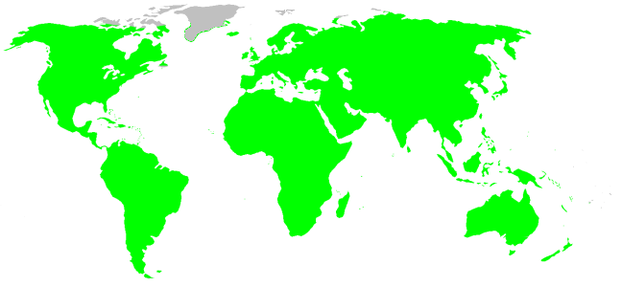
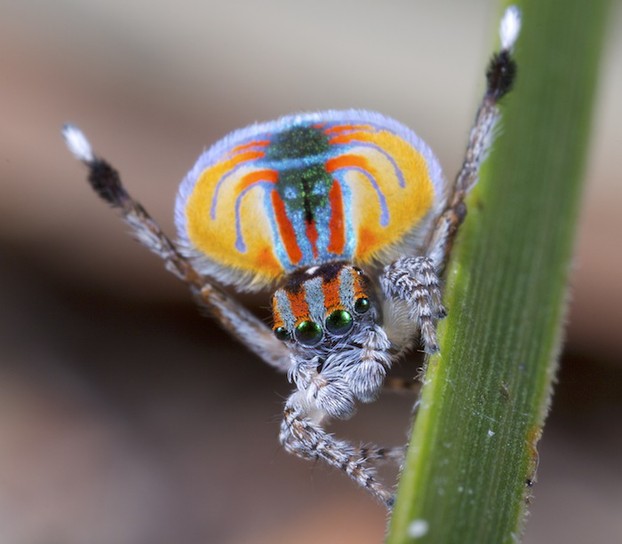
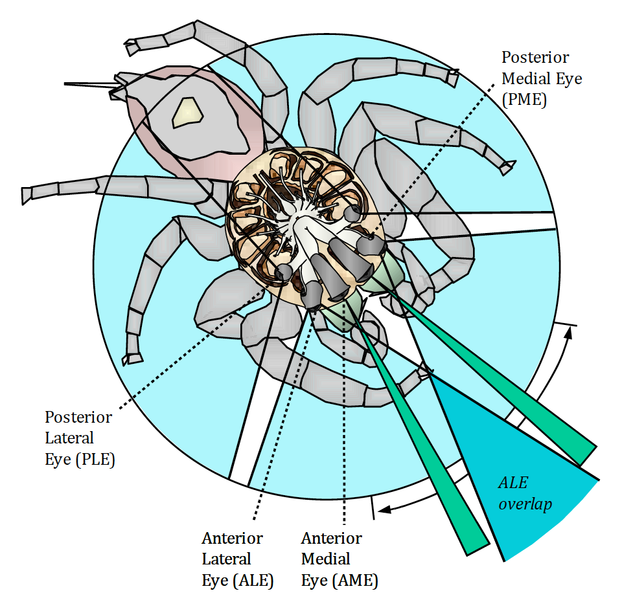
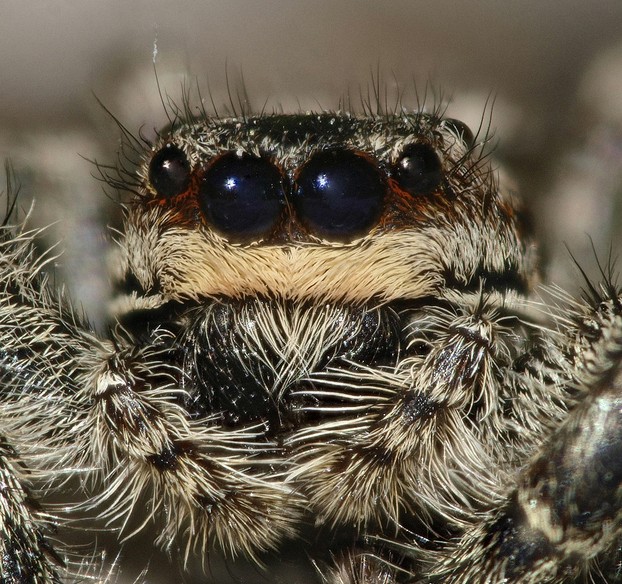
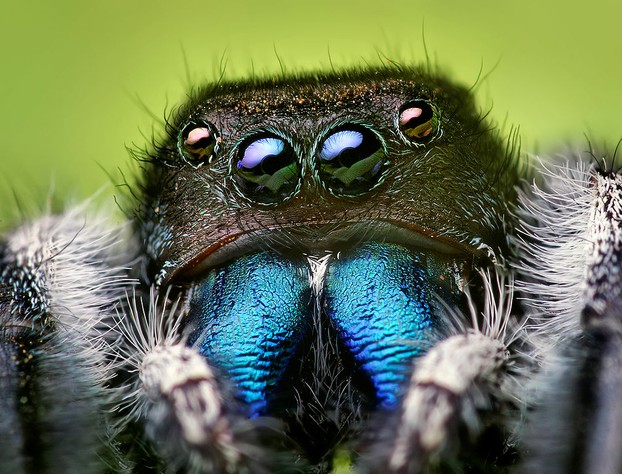
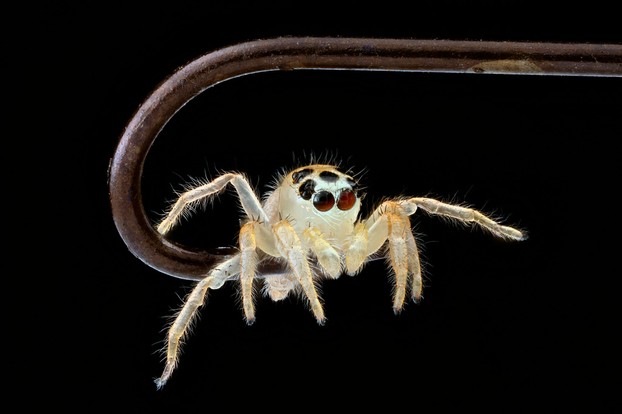
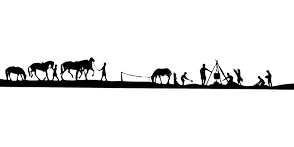

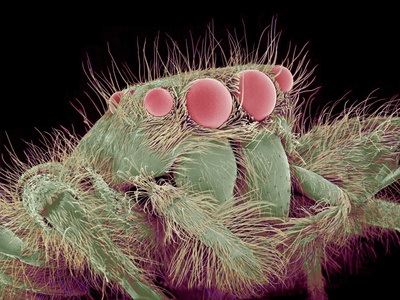
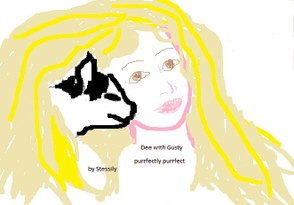
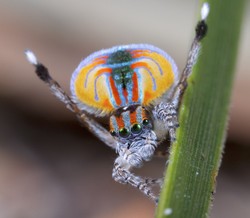

 Are Hawaiian Huakai Po Nightmarchers Avenging Halloween Thursday?on 10/02/2024
Are Hawaiian Huakai Po Nightmarchers Avenging Halloween Thursday?on 10/02/2024
 Mailing Addresses for 2023 Form 4868 Extending 1040 and 1040SR April 15, 2024, Due Dateon 04/15/2024
Mailing Addresses for 2023 Form 4868 Extending 1040 and 1040SR April 15, 2024, Due Dateon 04/15/2024
 Mailing Addresses for 2023 Forms 1040 and 1040SR Filed in 2024on 04/15/2024
Mailing Addresses for 2023 Forms 1040 and 1040SR Filed in 2024on 04/15/2024
 Mailing Addresses for 2022 Form 4868 Extending 1040 and 1040SR April 18, 2023, Due Dateon 04/13/2023
Mailing Addresses for 2022 Form 4868 Extending 1040 and 1040SR April 18, 2023, Due Dateon 04/13/2023

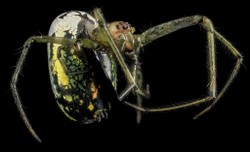
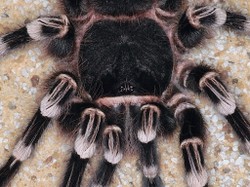
Comments